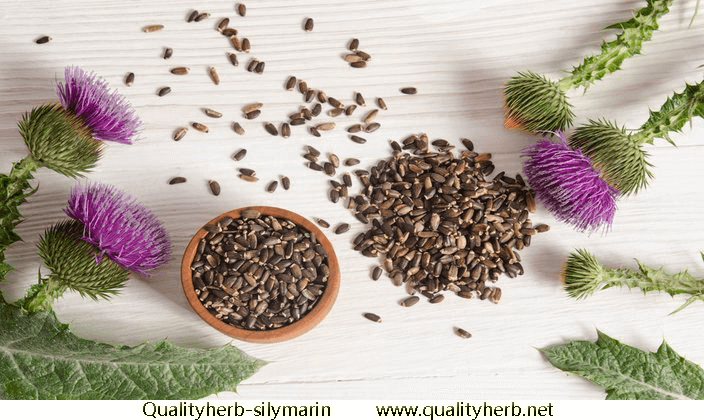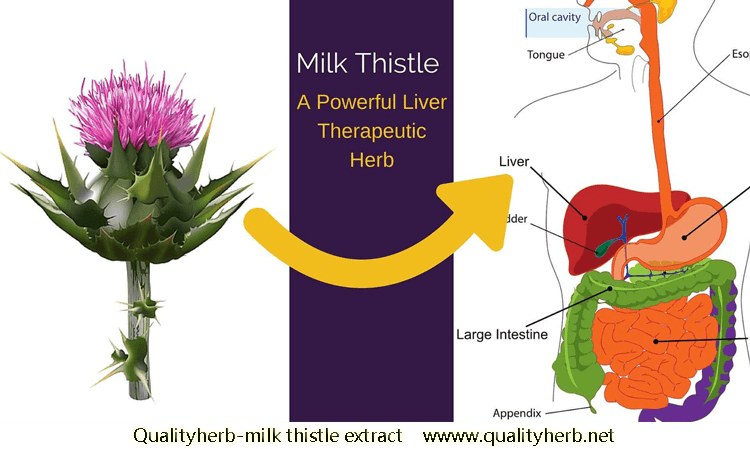The journey of Silymarin from the beginning till this day
The journey of Silymarin from the beginning till this day
Ever heard of milk thistle? While most people haven’t, but of late the substance is enjoying the limelight for its acxtive compound, known for its liver-protecting abilities- silymarin. This unique name comes from the white markings made on the leaves, the milky white sap to be precise. The plant has its flowers in white and purple and the herb with its extract called silymarin comprises of several compounds named ‘flavonolignands’.
Going back in time
As early as Greeks and Pliny Elder’s time (23-79 AD), the extract has been in use by lactating mothers to increase their milk. Right from those days, the benefits of silymarin were known, particularly its role as a decongestant and liver protectant that effectively ‘carried off bile’. If you have ever come across the renowned herbalist from England, Culpepper (1616-1654), milk thistle was used by him for ‘cleansing the liver and spleen, and treating jaundice and gallstones’.
In the US too, the Eclectics, who were pioneer doctors of the 20th century, the extract was used to treat liver related problems, menstrual anomalies, kidney disorders and varicose veins. Then, the plant was cultivated, where the leaves were meant for salad, flowers were also eatables and the seeds provided a coffee like drink.
The first time Silymarin came to being was in 1968, when German scientists peeped into the world of the flavonoid complex that was replete in milk thistle’s exceptional medicinal properties.
It won’t be incorrect to say that human have a link with the substance almost 2000 years back, where snake bites and poisonous mushroom infections were cured using it. Given how silymarin has proven itself a liver support, a number of ailments like fatty liver diseases, hepatitis B and C, cirrhosis can be treated with it. Its role in detoxification being supreme, acne patients too realize the effectiveness that silymarin can cast to remove toxins from the bloodstream.

Working mechanism of silymarin
In the form of an antioxidant, silymarin removes free radicals that cause cell damage as a result of toxins. While the role and functions of Vitamin E is known to most of us when it comes to controlling excessive damage to cells, silymarin however is way too potent in its antioxidant activity.
There is a vital antioxidant enzyme superoxide ‘dismutase’ in the cell cultures. The level of it is rightly increased by none other than this powerful extract, silymarin.
In order to replace the damaged cells in the liver, there must be an increase production of the new cells. This can happen if proteins are synthesized, which is stimulated by silymarin.
The level of glutathione is raised up by more than 35%, as per scientific studies conducted, while rats showed the result at more than 50%. Basically, glutathione detoxifies several hormones, chemicals and drugs. So, once the level of glutathione increases, so does the ability to detoxify.
Leukotrienes mediate the process of inflammation, which can lead to conditions like psoriasis. To inhibit the synthesizing of it, silymarin is of immense help.
Studies conducted over time
A new analysis of the extract silymarin derived from milk thistle shows its ability to protect cells via methods that suppress cellular metabolism, energizes the stress pathways and plays an active role in anti-inflammatory signaling.
In one of the studies, researchers tried to establish the benefits of this extract’s effect on a total of 170 patients, where 91 of them were alcoholics and suffered from liver cirrhosis. On receiving 140 mg of silymarin thrice a day for a period of 41 months, the survival rate was found to have increased to 58% in the silymarin group against 39% of those in the placebo group.
While a number of other researches were also carried out, this study has been one of the most important ones. The results clearly indicate that the long term treatment using silymarin is practical. Besides, one can also rely on the results that prove how alcohol induced liver damaged patients can also recover holding on to silymarin.
Cancer fighting role
In the last decade the cancer fighting properties of silymarin also came to the forefront. What’s amazing about the finding is that the molecular effects of the extract provide the powerful properties that the scientific community was also unaware of.
No wonder, researchers will continue to discover more benefits in the years to come.



 Healthier Future
Healthier Future